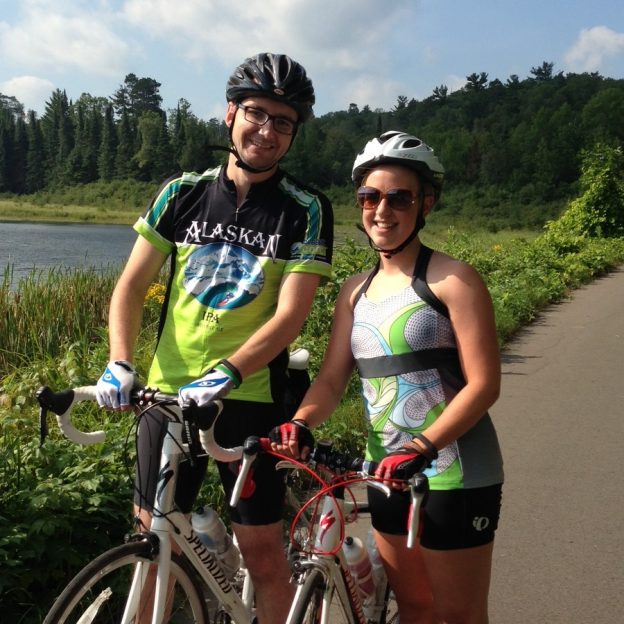Tag: bicycle shorts
-

The joy of bike shorts is something you need to experience
Bike shorts combat one of the most common concerns for bike riders – a sore rear end. To best explain how bike shorts fix the problem, let’s look at what the problems are.
